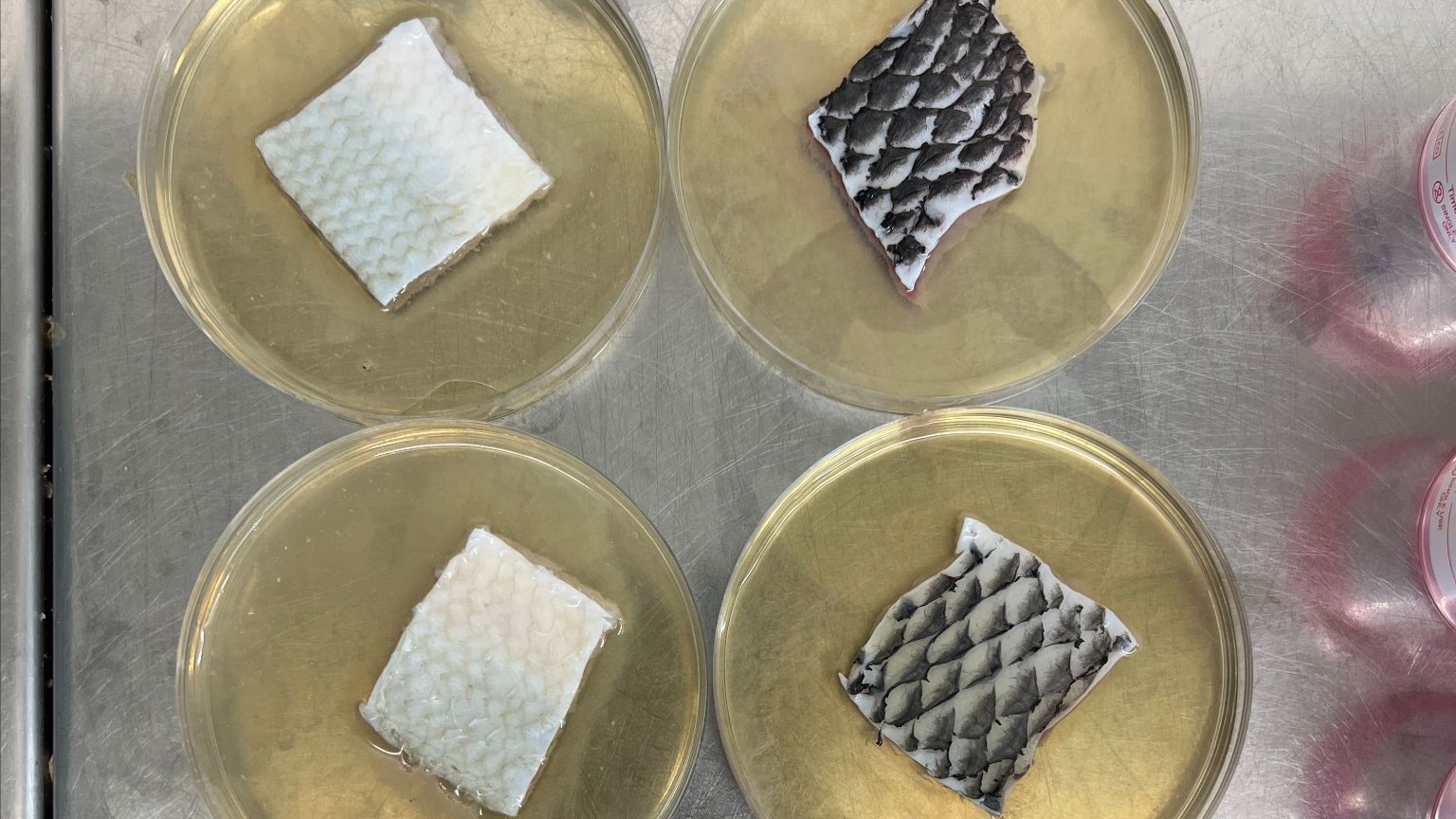Ateneo study looks into bangus skin to treat burn cases

Scientists from the Ateneo de Manila University are looking into the potential of using the skin of milkfish, commonly known as bangus, as a cost-effective alternative wound dressing to treat burns and other skin injuries in the hospitals.
The study seeks to explore the potential of other types of fish species for skin grafting after it was previously discovered that tilapia skin, which is rich in Type 1 collagen, has the ability to accelerate wound healing.
“Among the economically significant fish species in the Philippines, Chanos chanos (milkfish), locally known as bangus, is one of the most widely cultivated. However, limited research has been conducted on the suitability of milkfish skin for wound care,” the scientists published in the study.
“Given its abundance and potential collagen content, milkfish skin presents a valuable opportunity to expand the donor pool for fish skin grafting.”
In conducting the study, the scientists collected fresh tilapia and bangus skins from a local market in Quezon City. They samples were descaled, rinsed with saltwater, and cut into uniform strips.
Some of the fish skin samples were then sterilized in a solution of silver nanoparticles (AgNP), while the untreated skins served as control samples.
The study found that the AgNP solution inhibited bacterial and fungal growth on bangus samples and it did not compromise the structural integrity of collagen of both bangus and tilapia samples.
“The results indicate that sterilization effectively reduced microbial contamination on both types of fish skin. This is crucial for potential applications in wound care, as a lower microbial load enhances the safety and efficacy of the materials used,” the scientists said, noting that both tilapia and bangus skins are viable as potential bandages.
“This finding may have implications for the development of alternative, sustainable materials for medical applications, particularly in regions where these fishes are readily available,” the study further said.
According to the Bureau of Fisheries and Aquatic Resources’ roadmap for the country’s milkfish industry, the government targets an increased production by 1 billion of milkfish fry supply by 2040.—RF, GMA Integrated News




